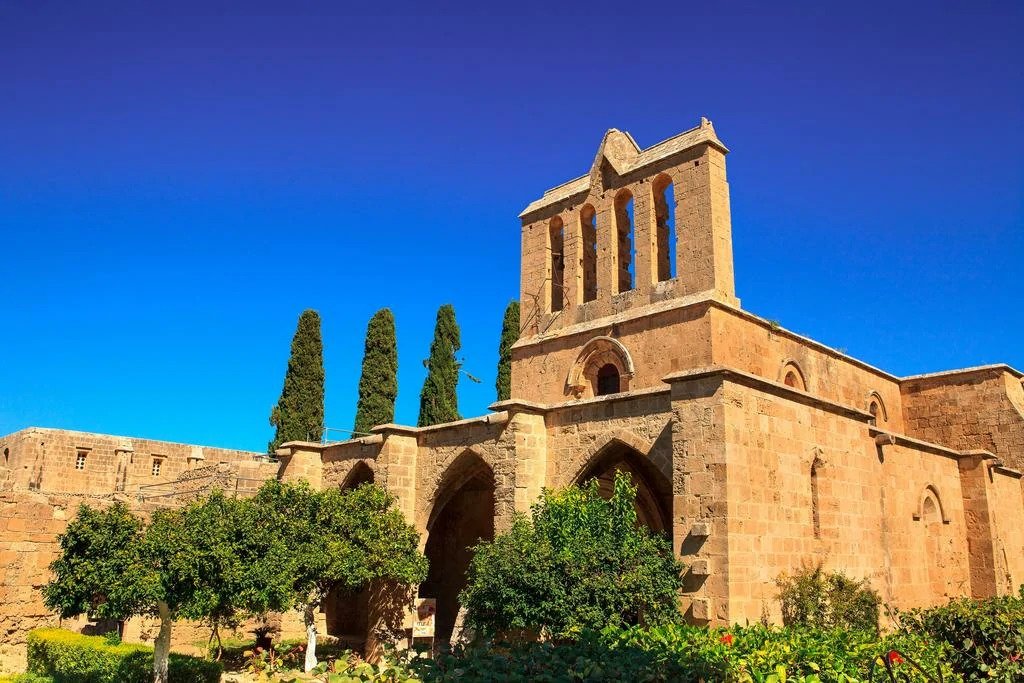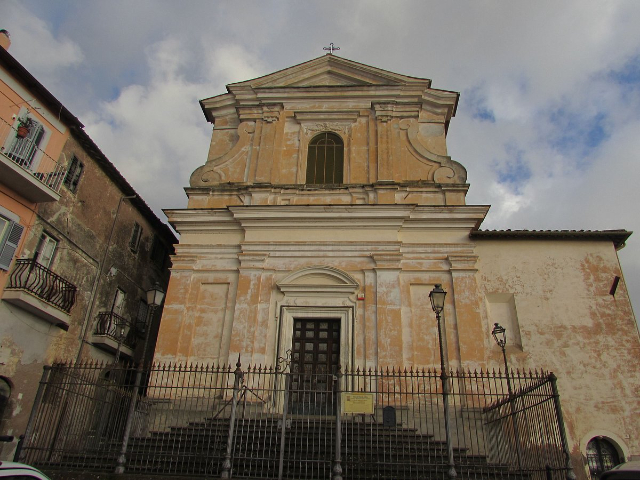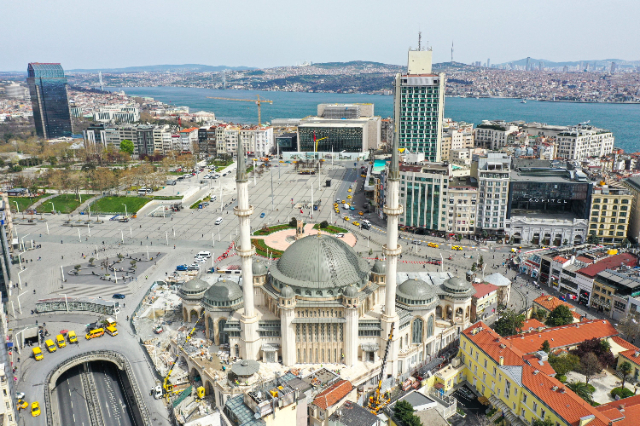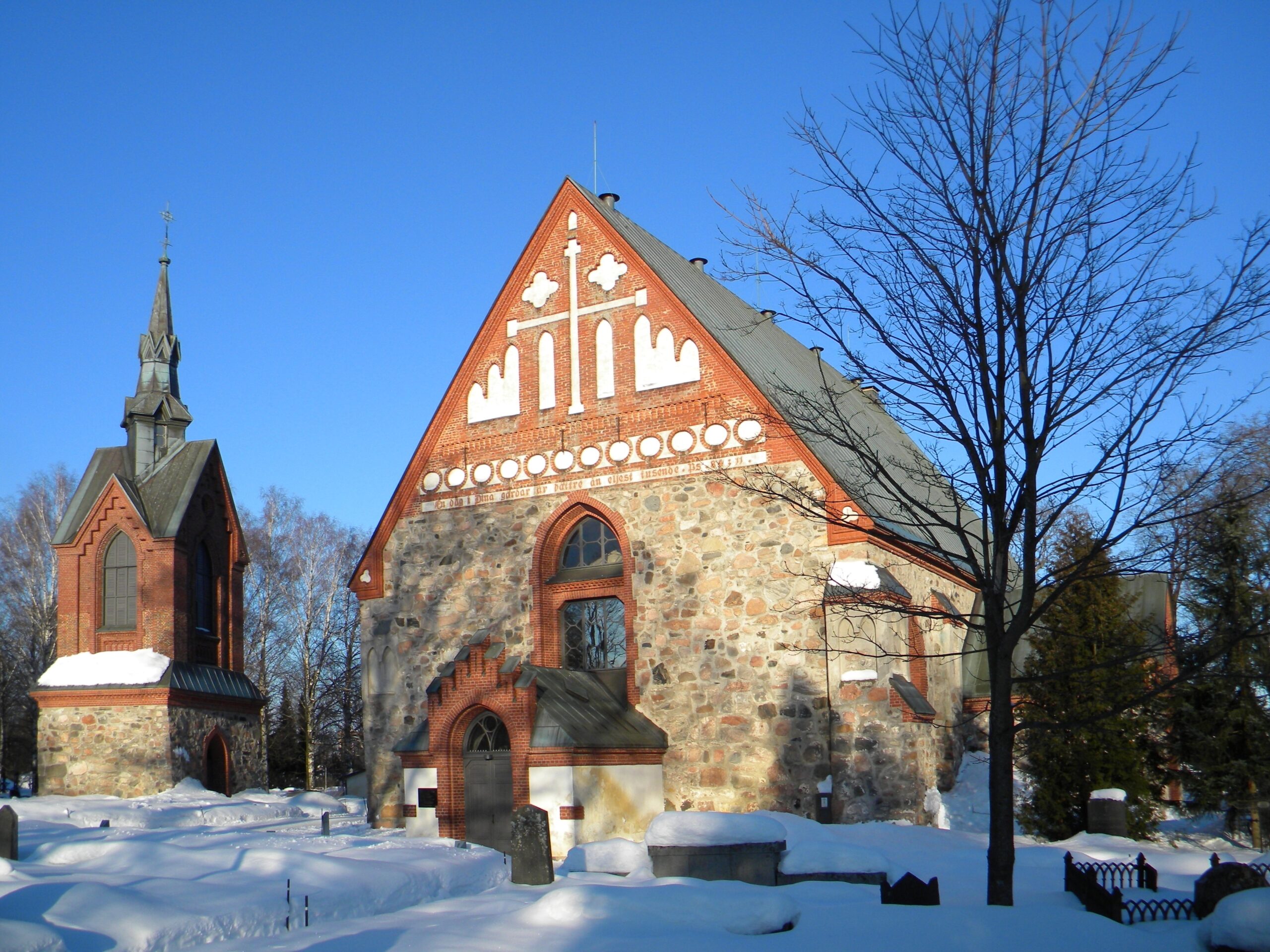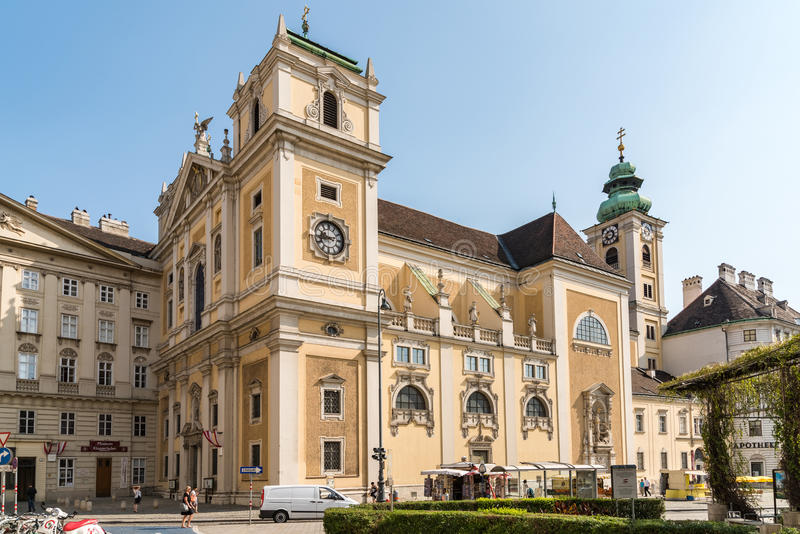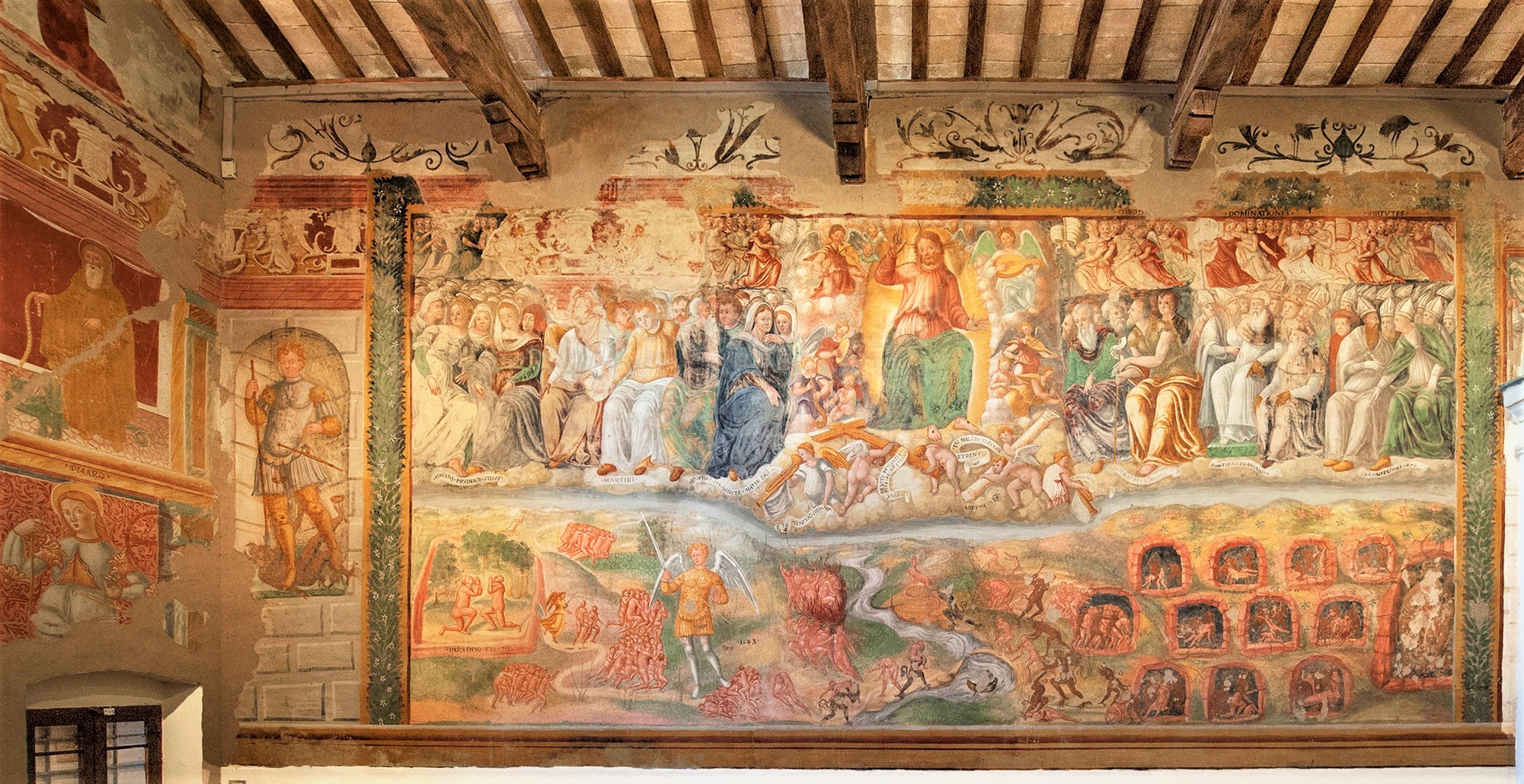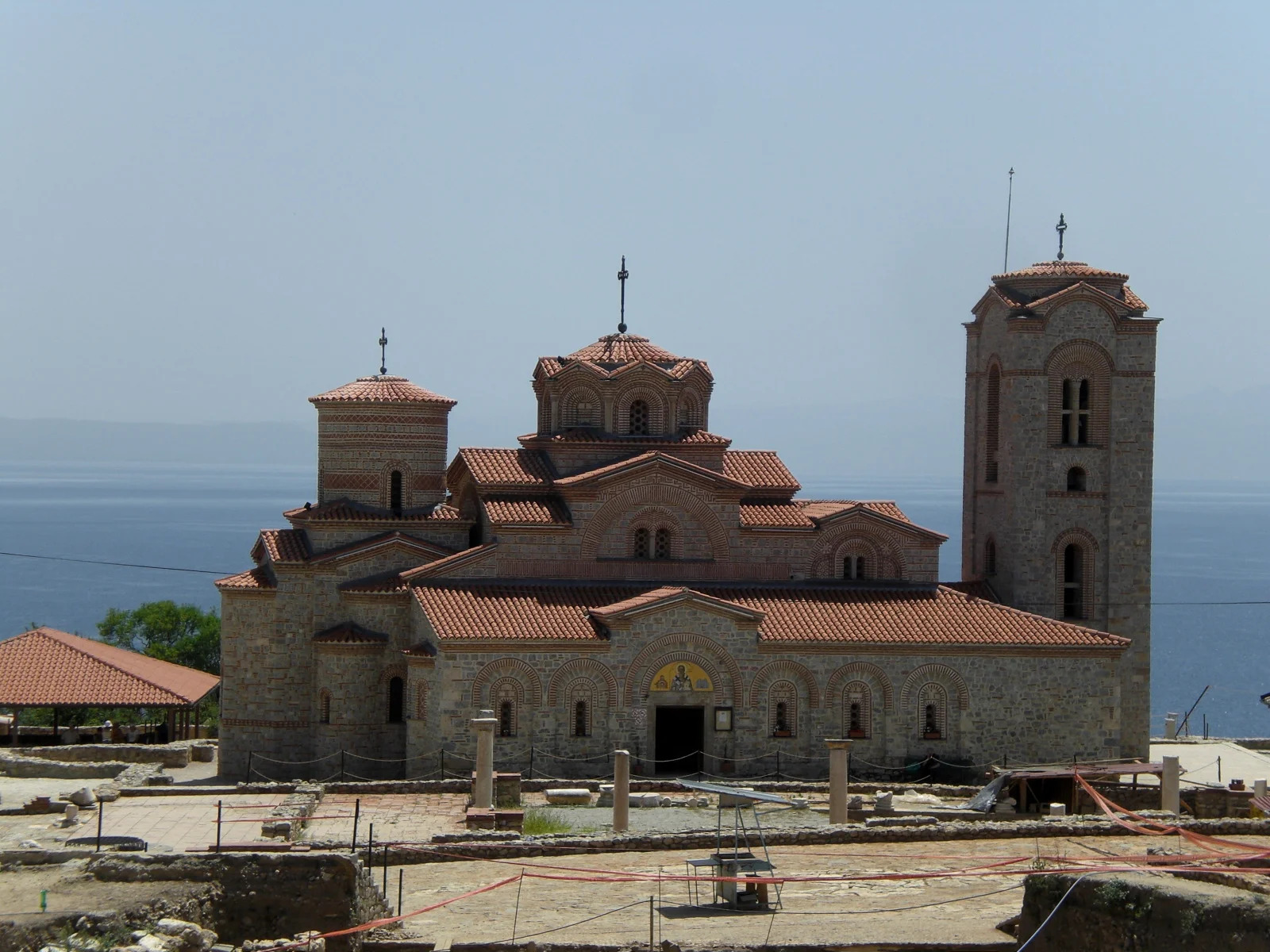Imposing pointed arches of what many believe to be the most interesting Gothic church in the Middle East overlook the plain stretching down to the sea. We are inland on the east coast of Northern Cyprus, near the town of Girne / Kyrenia. The state of preservation is not optimal, for example, the beautiful cloister has been partially destroyed, the real peculiarity is the church of the abbey (the abbey), preserved instead very well, that after the Ottoman conquest of 1570 was transformed into a Greek Orthodox church by placing the iconostasis in the transept blocking access to the apse: all to see! The refectory is also beautiful and in perfect condition: here in May/June the Bellapais Music Festival is held.
Bellapais Abbey, whose strange name comes from abbaye de la Paix, has a history as interesting as its architecture. Built in the 12th century by Augustinian monks who had fled Palestine conquered by the Turks in 1187, the church was modified during the Lusignan reigns of Hugh III and Hugh IV, when cloisters and refectory were added. In spite of the support of the Lusignan family, who guaranteed large investments to the monks and allowed the abbot to wear a mitre and golden spurs, the abbey’s reputation quickly fell due to gossip about the concubines who frequented the place.
With the domination of the Turks, the decline of the abbey began, and it passed to the Orthodox Church, while at the same time the village that took its name from the place of worship grew.
The church was regularly used by the Greek Orthodox community until 1976. The interior is very similar to what the Greeks left it with a finely carved pulpit and the bishop’s throne still intact. Beneath the footings, several Lusignan kings are believed to be buried. The surviving murals above its facade are thought to date from the 15th century.
The forecourt leads to cloisters of 18 arches. Under one of the arches to the north are two Roman sarcophagi that once served as washbasins. The door behind the sarcophagi leads to the monks’ refectory. The architrave above the door contains the coats of arms of the royal families of Cyprus, Jerusalem and Lusignani.
This is an exquisite example of Gothic architecture and the most beautiful room in the monastery.
The room contains a pulpit to address the monks during their meals. Six windows in the north wall that illuminate the room are reinforced by a rose window.
During the 1800s, British forces used the refectory as a firing range, and bullet holes can still be seen in the east wall below the rose window. The refectory now hosts music festivals and concerts throughout the year.
A door in the west wall leads to the kitchen and cellar built beneath the refectory. It is thought that the rooms between the refectory and the kitchen once served as lavatories.
